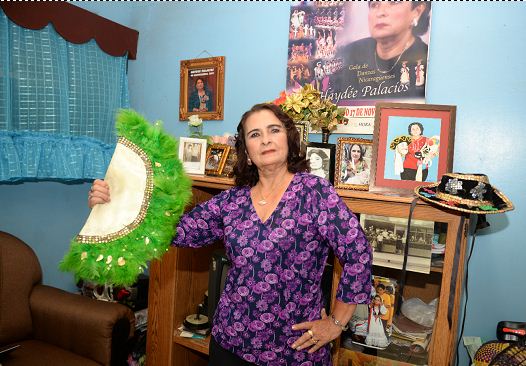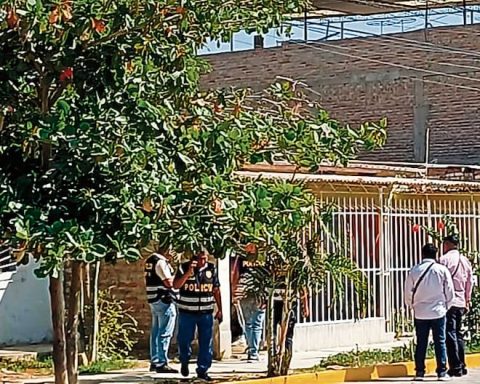In previous posts I have analysed the difficulties that millions of women face in reconciling the need to work with the need to care for their families. Due to the barriers that restrict their access to jobs with more favourable conditions, a large number of women choose to work as self-employed workers, while men are more likely to be employed and employers, a situation that reproduces the sexual division of labour.
The Economic Commission for Latin America (ECLAC) published a few months ago reports examining the female labor market in Latin America and promoting women’s economic autonomy. For the organization, the work environment is conditioned by inequalities prior to entering the labor market as a result of cultural patterns. It states that the educational level of women is an important variable, sometimes decisive, for access to the labor market.
She suggests that international trade can enhance capabilities and increase economic autonomy. The reality today is that women are employed in economic sectors with low technological and innovative intensity, in jobs without access to social protection, in lower-ranking positions and in smaller companies compared to men.
While in South America, one in 10 women is employed in export-related jobs, in Mexico and Central America the figure is doubled but is concentrated in low-tech sectors where wage and income gaps abound. The reason for this is that, although manufacturing has a greater weight in our country, it is associated with the assembly of final goods. Here we only manufacture, the technology is already given.
Among the export sectors where female labour dominates are machinery and electrical appliances, vehicles (women’s participation in these exceeds 40%), textiles and clothing. It is noted that, although the development of the manufacturing-maquiladora industry has generated economic benefits for the country, this has not translated into an increase in the remuneration of workers. This process of job insecurity associated with the decrease of workers in the distribution of income is one of the main factors underlying economic inequality in the country.
According to the National Survey of Occupation and Employment (ENOE) of July, the manufacturing industry is the economic activity with the highest female employment after trade, and is also strongly dominated by the export sector. Job insecurity is closely linked to informality. According to the latest available data, in our country the number of women in informal employment remains static, at around 55%.
This sector includes low-productivity activities outside labour regulations: they are generally poor-quality jobs for which they receive low wages and no social protection. Domestic service, which is found among them, has the lowest levels of remuneration and consists of an extension of domestic tasks, which represents an excessive burden for women. It is therefore concluded that women are overrepresented in sectors and occupations with the worst working conditions.
In order to implement policies and mechanisms that promote production and international trade with a gender perspective, it is essential to invest in the care economy as it is a key economic sector to boost growth dynamics, accompanied by a reduction in gender inequalities and facilitating the incorporation of women into the labor market. The economic value of unpaid work in domestic and care work is equivalent to 24.3% of the national GDP.
















